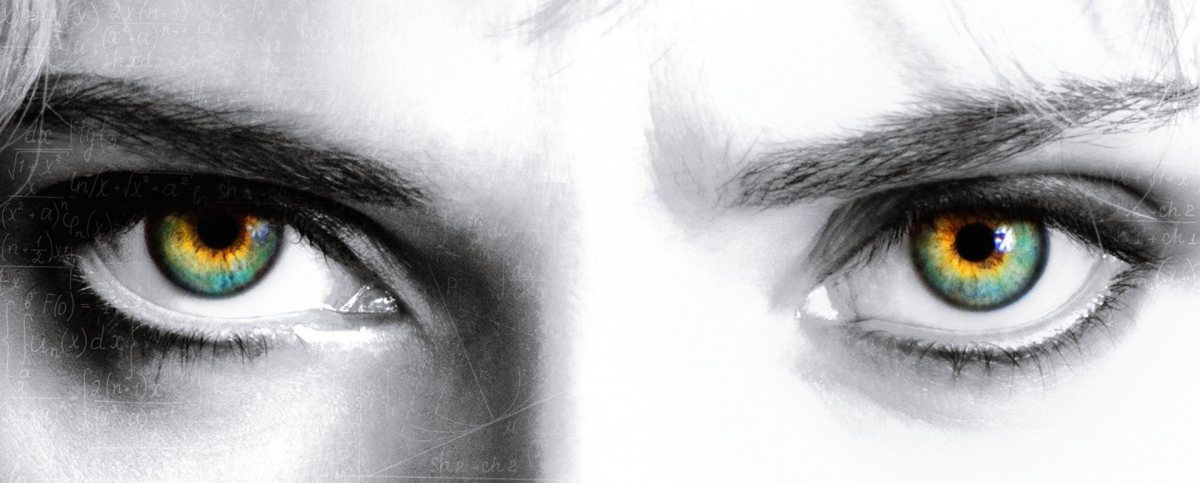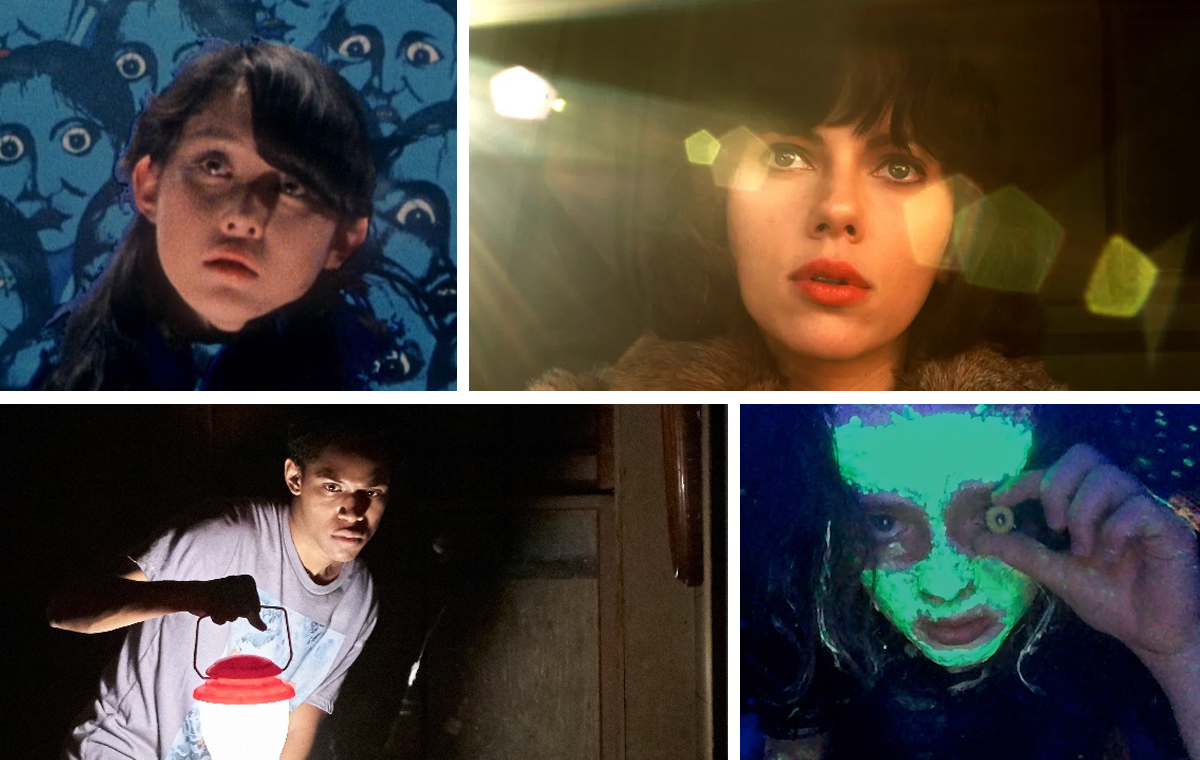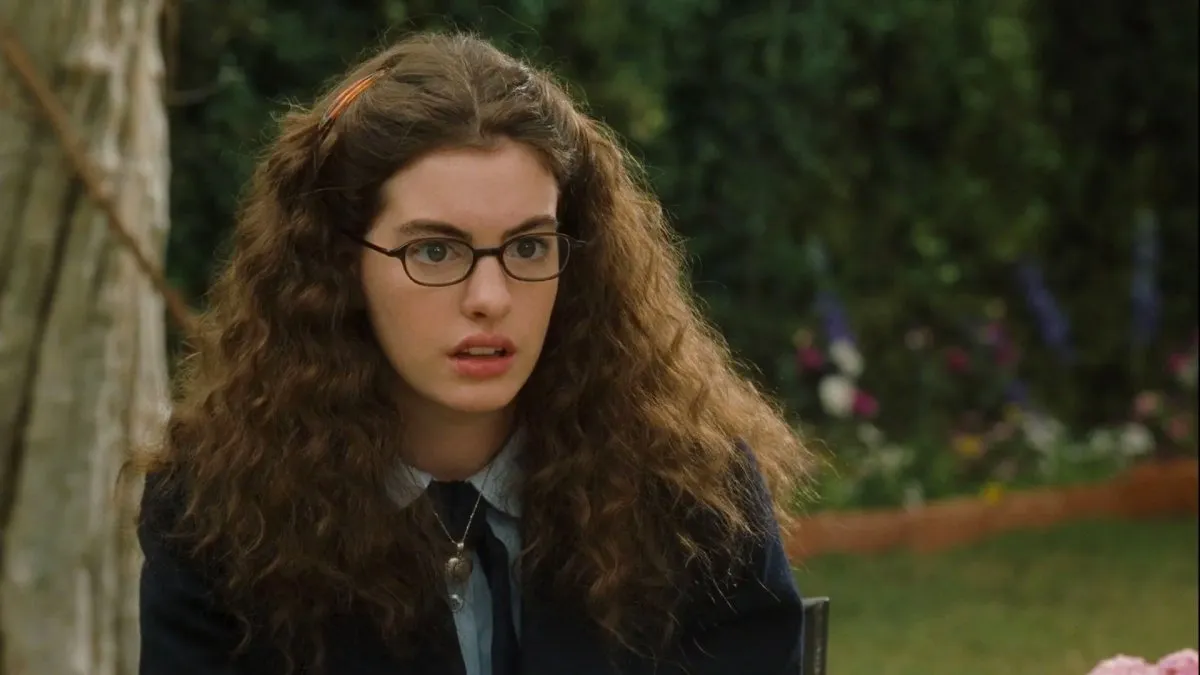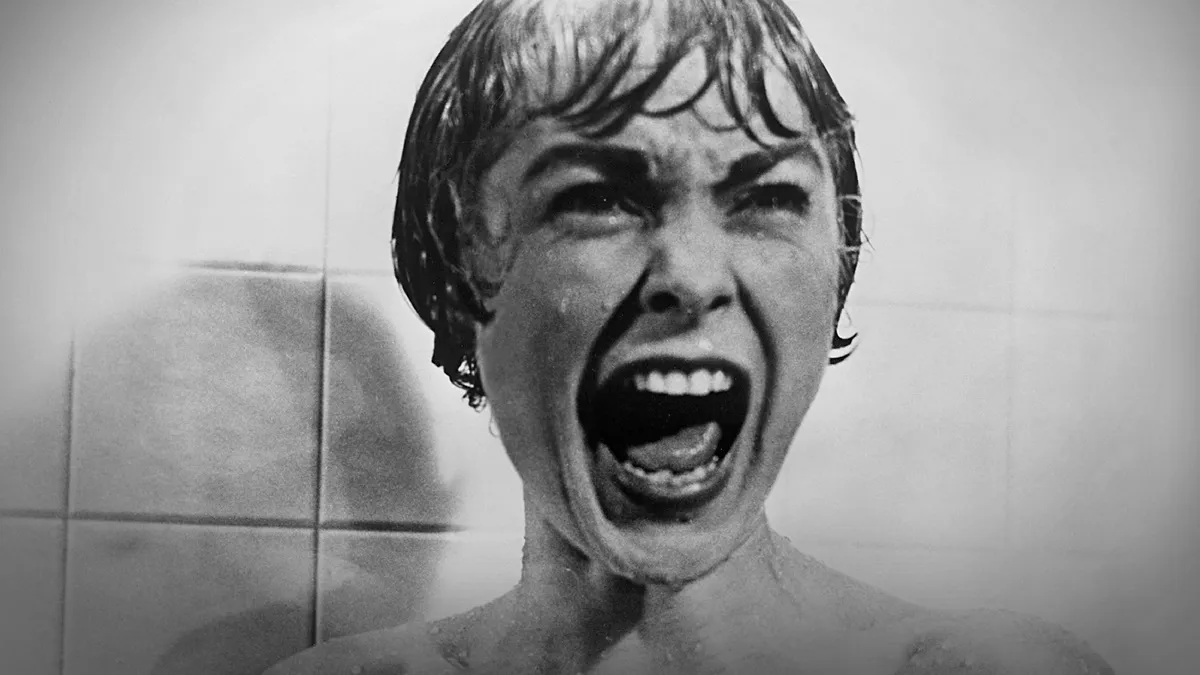There are two things you’ve got to pretend if you’re going to stand a chance of enjoying Luc Besson’s Lucy, out this weekend.
1. That the idea that humans only use 10% of our brains, in reality a widespread fallacy, is, in this fictional setting, a core characteristic of human sentience. After all, I rationalized to myself in the days running up to my screening, is it so different than pretending that ghosts or alien abductions exist in order to enjoy horror films? Okay, it is a little bit, but hey, you gotta do what you gotta do.
2. That Hollywood does not have a systematic problem with misrepresenting, under-representing, and erasing Asian characters and culture, not to mention discrimination against Asian actors.
It’s an understatement to say that one of these requests is more reasonable to ask of the viewer than the other. However, even if you can manage both of them, you’re still left with a lackluster action movie in desperate need of a fact check.
I don’t want to belabor the second point up there, as Lucy‘s trailers and their reveal of the use of tired tropes (Asian peoples and language barriers, white women in peril from the racial Other, and the use of logographic writing in design seemingly without research into what it actually means) has generated plenty of commentary elsewhere on the Internet that’s far more informed than I can personally provide. The first act of Lucy was an uncomfortable exercise in listening to an audience chuckle at attempts to derive humor from the idea that native Taiwanese/Chinese people who live in Taiwan, don’t speak fluent, or any, English. It should go without saying: if you could replace Taiwan with an alien planet and every single Asian character in your movie (barring one English-speaking, European-accented surgeon) with those mooks from The Fifth Element, and the only problem you’d have is establishing that interstellar travel exists in your setting, you have done a poor job of representing a racial group on the one hand, and a poor job of crafting interesting antagonists on the other.
So it’s hard to say whether it’s an upside or a downside that Lucy otherwise largely fails to transport, engage, or awe viewers the way fans of Besson’s The Fifth Element or León might hope. I may not be able to provide the most informed commentary on Lucy‘s problems with race, but I can certainly tell you about what’s wrong with it from a writing standpoint. The problem lies with the film’s titular character herself.
As Lucy admits unequivocally in her first conversation with Morgan Freeman’s Professor Norman, the more of her cranial capacity she unlocks the less she feels bound by human desires and emotions, leaving Scarlett Johansson’s considerable acting chops in the back room as she delivers her lines in a monotone stretching the small space between bored to languid to just a little bemused. This isn’t development of Lucy as a person — from a hard-partying, poor-judge-of-character exchange student into a vengeful superhero — it’s transformation of her into plot device. She stops being a character and instead becomes a force that happens to other characters, which can work just fine in concept, as long as that character is not the protagonist whose fate and feelings we need to become emotionally involved in. There’s a reason why Watchmen wasn’t just a story about Dr. Manhattan, and even then, Dr. Manhattan’s arc is all about whether humanity matters in his infinitely larger perspective on the universe, concluding with the realization that it does. Lucy asks no such questions about the role of sentience in the wider universe: once Lucy’s post-cranial-capacity motivations are set, she never experiences a moment of doubt or self-questioning. Not that she necessarily needs to, but when you combine that with her swiftly encroaching omnipotence, it makes for drastically lowered stakes.
Lucy isn’t the only character in the film, but she is the only named female character in the film, and one of only two with more than a single line (well, you might have me there, if you count a few Taiwanese anchorwomen that feature on a few television screens). Her motivation of what to do with her increased cranial capacity, , is given to her by a male character. The movie’s Big Bad isn’t even , but , in a kiss scene so inexplicable that a murmur of confused noises washed through the whole audience at my screening.
Besson’s cinematic flair is clear in the film, with some lovely visuals in the action sequences and a running string of cinematic asides symbolically linking the behavior of characters to the behavior of all manner of biological organisms. In the broader sense, these quick clips and montages provide visual support to the film’s idea of unlocking the mind as the next stage of biological evolution. Some of them are even cute visual jokes. Sequences of Lucy stopping, fast forwarding, and rewinding time are also as spectacular as you’d expect from Besson, turning Manhattan’s modern Times Square to a broad road dotted with the occasional horse-drawn buggy and then to a broad swamp in minutes. But again, this is where the desperate need for a fact checker comes in. If a film is going to rewind time until Manhattan is a swamp and then pause time to acknowledge the Native American presence in that period, it is implied that we are looking at pre-colonial times. And in that case, it would behoove the production to have done enough research to know that proto-horse species went extinct in the American continents more than seven thousand years ago and were not incorporated into Native American culture until they were reintroduced by European settlers. Don’t show us a group of implied pre-colonial Native American men each sitting atop their own steed.
In a media landscape where a woman at the lead of an action film, much less directly referenced in its title, is rare, we get hungry for examples that fill that particular niche. And I’m a firm supporter of seeing progress in the monetary success of lady-led action films that aren’t of a particularly high quality, but Lucy‘s problems go beyond a few flat characters and reliance on well-worn tropes. If you’re a Besson fan, it’s worth a watch for the sake of completionism, but if you were hoping for something with the heart, joy, and self-awareness of The Fifth Element, Lucy is not the droid you’re looking for.
Are you following The Mary Sue on Twitter, Facebook, Tumblr, Instagram, & Google +?








